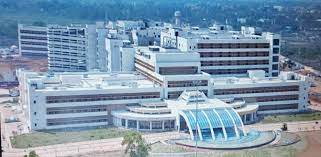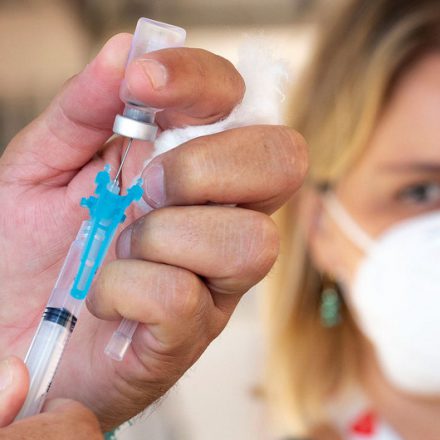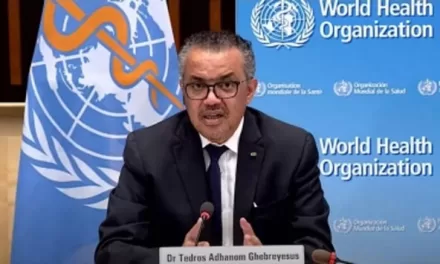The Indian government has been taking significant steps to upgrade the infrastructure of AYUSH medical colleges across the country. With public health being a state subject, the responsibility for increasing the number of AYUSH medical colleges lies primarily with the respective State and Union Territory (UT) Governments. However, the National Ayush Mission (NAM) has provisions for financial assistance to aid this endeavor.
The details of the total number of established Ayurveda, Siddha, Unani and Homeopathy Colleges/ Educational Institutes established since 2014 in the country is as under:
| Academic Year 2014-15 | Academic Year 2023-24 | ||||||
| Ayurveda | Unani | Siddha | Homoeopathy | Ayurveda | Unani | Siddha | Homoeopathy |
| 263 | 44 | 9 | 194 | 541 | 58 | 17 | 277 |
Financial Assistance under National Ayush Mission
The NAM provides substantial financial assistance to State and UT Governments to upgrade infrastructure in AYUSH educational institutions. The assistance is categorized based on the level of education—Under-Graduate (UG) and Post-Graduate (PG) institutions.
For UG Institutions:
- Construction Costs: Rs. 350.00 lakhs for building OPD/IPD, teaching departments, libraries, laboratories, and hostels.
- Equipment and Resources: Rs. 150.00 lakhs for purchasing equipment, furniture, and library books.
For PG Institutions/Add-on PG/Pharmacy/Para-Medical Courses:
- Construction Costs: Rs. 420.00 lakhs for similar infrastructure as UG institutions.
- Equipment and Resources: Rs. 180.00 lakhs for equipment, furniture, library books, and stipends for new PG students.
Increase in AYUSH Course Seats
Since the academic year 2014-15, there has been a notable increase in the number of seats in both UG and PG courses in the field of AYUSH education. The seats for UG courses in Ayurveda, Siddha, Unani, and Homeopathy have increased from 32,256 to 64,812. Similarly, PG course seats have risen from 1,891 to 7,799.
New AYUSH College Proposals
For the academic session 2024-25, numerous proposals for establishing new AYUSH colleges have been submitted to the National Commission for Indian System of Medicine (NCISM) and the National Commission for Homoeopathy (NCH). These regulatory bodies are evaluating proposals from various private organizations, NGOs, and state governments to expand the AYUSH education network.
Rajgir’s Medicinal Plant Wealth
Rajgir, Bihar, known for its rich association with Ayurveda, hosts rare and endangered herbs in the Panch-hills. The State Medicinal Plant Board (SMPB) of Bihar and the Botanical Survey of India (BSI) in Kolkata have documented numerous medicinal plants in this region, including Abrus precatorius, Adhatoda vasica, Acacia nilotica, and more.
The Regional Ayurved Research Institute (RARI) in Patna, Bihar, conducted a Medico Ethno Botanical Survey (MEBS) in the Rajgir hills during 1971-72 to catalog these valuable medicinal plants.
Resource Augmentation Initiatives
To support the resource augmentation of medicinal plants in forest areas, the National Medicinal Plants Board (NMPB) under the Ministry of Ayush provides project-based financial assistance to state forest departments. This support falls under the “Central Sector Scheme on Conservation, Development, and Sustainable Management of Medicinal Plants.” However, no current proposals are being considered by the NMPB.
Conclusion
These measures, detailed by the Minister of State (IC) for Ayush Shri Prataprao Jadhav in the Lok Sabha, highlight the government’s commitment to enhancing AYUSH education and infrastructure. By providing financial assistance and supporting new proposals, the government aims to strengthen AYUSH medical education and make it more accessible across the country.












